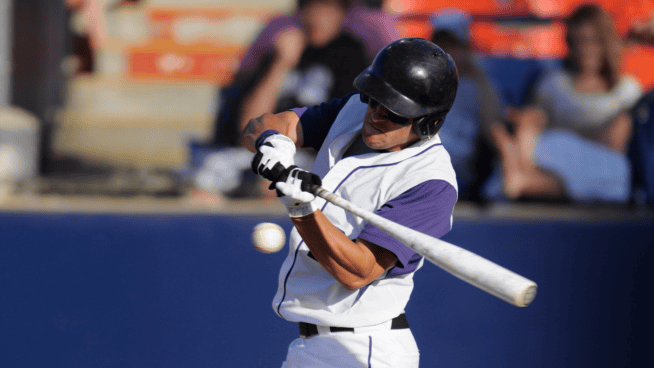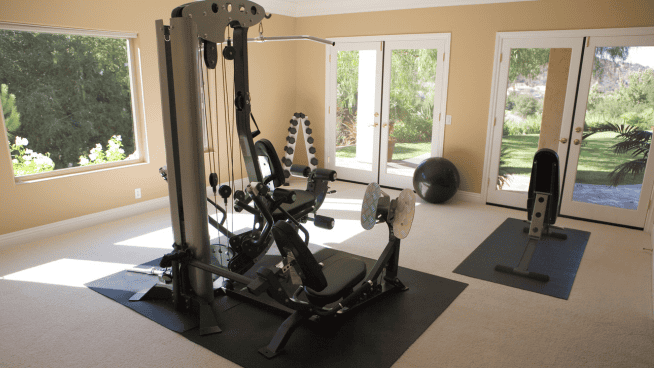Training With Performance Pyramids
![]()
When training, athletes often jump too quickly to advanced progressions of load and sessions of high intensity. Doing too much too fast without proper preparation can cause you to default to a dysfunctional movement pattern and become injured.
To understand athletic movement better, it’s helpful to use a performance pyramid. Constructed by physical therapist and author Grey Cook, it represents movement within three tiers: (1) the ability to move through a certain movement pattern to build a solid base; (2) efficiency of movement, or power—not power as in how strong you are, but overall athleticism (a good, uniform test of power is the vertical jump, because gravity affects everyone the same); and (3) a sport-specific skill, measured by any number of tests.
There are four pyramids, representing four different types of athletes, accounting for individual performance tiers. As a coach, you can use these pyramids to assess your athletes’ needs and develop training programs that help them achieve the Optimum Pyramid.
1. The Optimum Pyramid
The athlete moves well and is ready to perform in a game scenario. The first tier shows appropriate movement and the ability to perform several exercises while demonstrating proper control. This athlete also possesses great power, is able to load his or her body in difficult scenarios, and has an average skill set for his or her required sport.
2. The Over-Powered Pyramid
This pyramid is quite common among professional athletes, who produce a significant amount of power with limitations in foundational movements. Athletes at this level may perform well and have no sign of injuries, but they need to move at a more foundational level to develop a broader base. This will help the athlete sustain a longer career injury-free and see improvements in overall skill and performance.
3. The Under-Powered Pyramid
Athletes in this pyramid often lack strength and power but possess optimal skills in a specific movement. This is quite common among young pitchers, who have the required movement pattern to throw in a game, but lack overall athleticism or the ability to produce power in a simple movement. Such athletes would benefit from proper strength training and plyometrics. Once a young pitcher can create the appropriate amount of stability through strength, he or she can pitch at the same level of effectiveness with a higher level of efficiency and a lower level of energy expenditure.
4. The Under-Skilled Pyramid
These are the athletes who move well and possess an adequate amount of strength, but lack the proper skill and performance for a specific sport. Any athlete who falls under this category would benefit from a training program geared around sport-specific skills and fundamentals. Most of the time, athletes who are under-skilled can benefit from training that hammers down to the basics of a sport, developing greater awareness of the movement needed to perform at a high level.
RECOMMENDED FOR YOU
Training With Performance Pyramids
![]()
When training, athletes often jump too quickly to advanced progressions of load and sessions of high intensity. Doing too much too fast without proper preparation can cause you to default to a dysfunctional movement pattern and become injured.
To understand athletic movement better, it’s helpful to use a performance pyramid. Constructed by physical therapist and author Grey Cook, it represents movement within three tiers: (1) the ability to move through a certain movement pattern to build a solid base; (2) efficiency of movement, or power—not power as in how strong you are, but overall athleticism (a good, uniform test of power is the vertical jump, because gravity affects everyone the same); and (3) a sport-specific skill, measured by any number of tests.
There are four pyramids, representing four different types of athletes, accounting for individual performance tiers. As a coach, you can use these pyramids to assess your athletes’ needs and develop training programs that help them achieve the Optimum Pyramid.
1. The Optimum Pyramid
The athlete moves well and is ready to perform in a game scenario. The first tier shows appropriate movement and the ability to perform several exercises while demonstrating proper control. This athlete also possesses great power, is able to load his or her body in difficult scenarios, and has an average skill set for his or her required sport.
2. The Over-Powered Pyramid
This pyramid is quite common among professional athletes, who produce a significant amount of power with limitations in foundational movements. Athletes at this level may perform well and have no sign of injuries, but they need to move at a more foundational level to develop a broader base. This will help the athlete sustain a longer career injury-free and see improvements in overall skill and performance.
3. The Under-Powered Pyramid
Athletes in this pyramid often lack strength and power but possess optimal skills in a specific movement. This is quite common among young pitchers, who have the required movement pattern to throw in a game, but lack overall athleticism or the ability to produce power in a simple movement. Such athletes would benefit from proper strength training and plyometrics. Once a young pitcher can create the appropriate amount of stability through strength, he or she can pitch at the same level of effectiveness with a higher level of efficiency and a lower level of energy expenditure.
4. The Under-Skilled Pyramid
These are the athletes who move well and possess an adequate amount of strength, but lack the proper skill and performance for a specific sport. Any athlete who falls under this category would benefit from a training program geared around sport-specific skills and fundamentals. Most of the time, athletes who are under-skilled can benefit from training that hammers down to the basics of a sport, developing greater awareness of the movement needed to perform at a high level.










